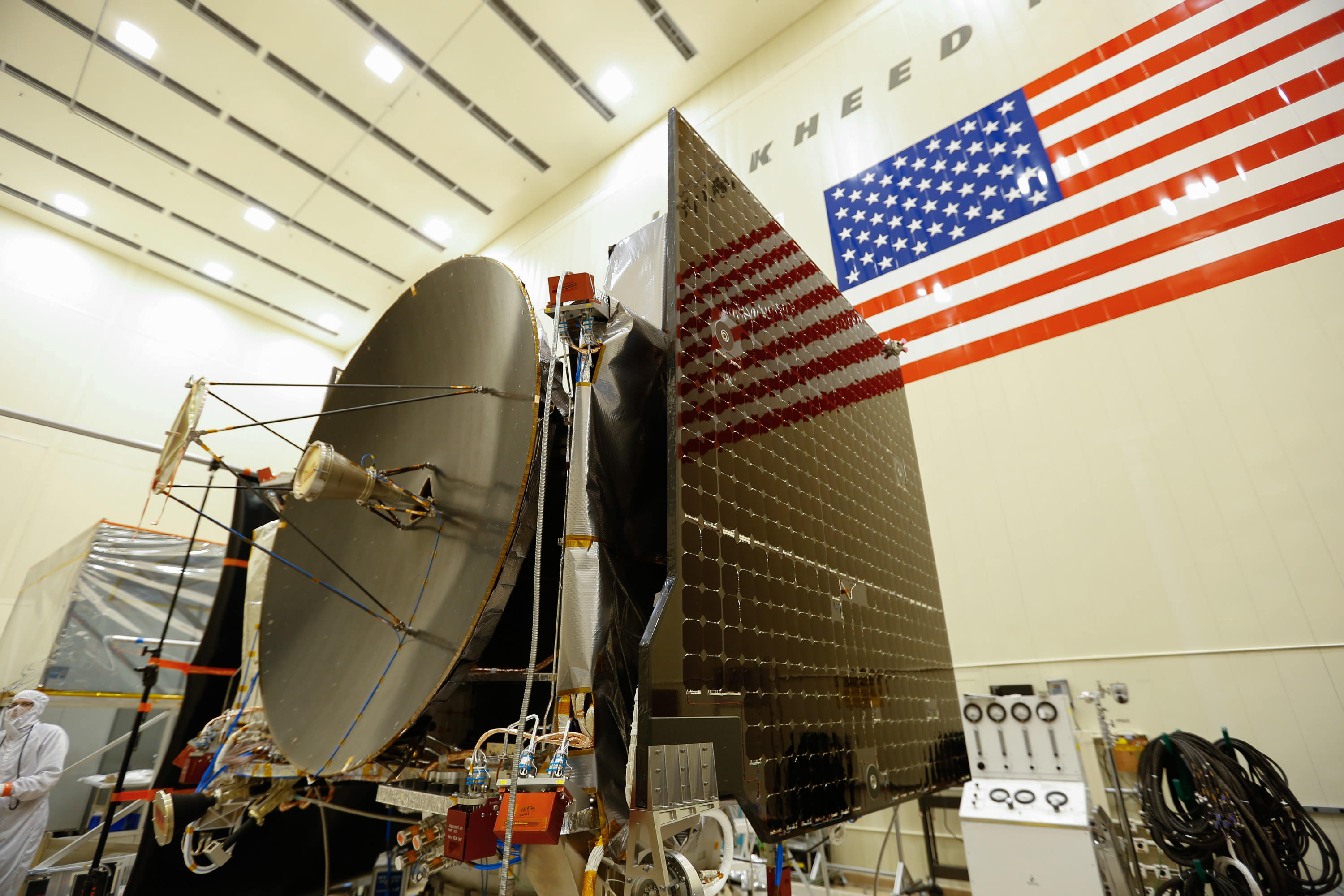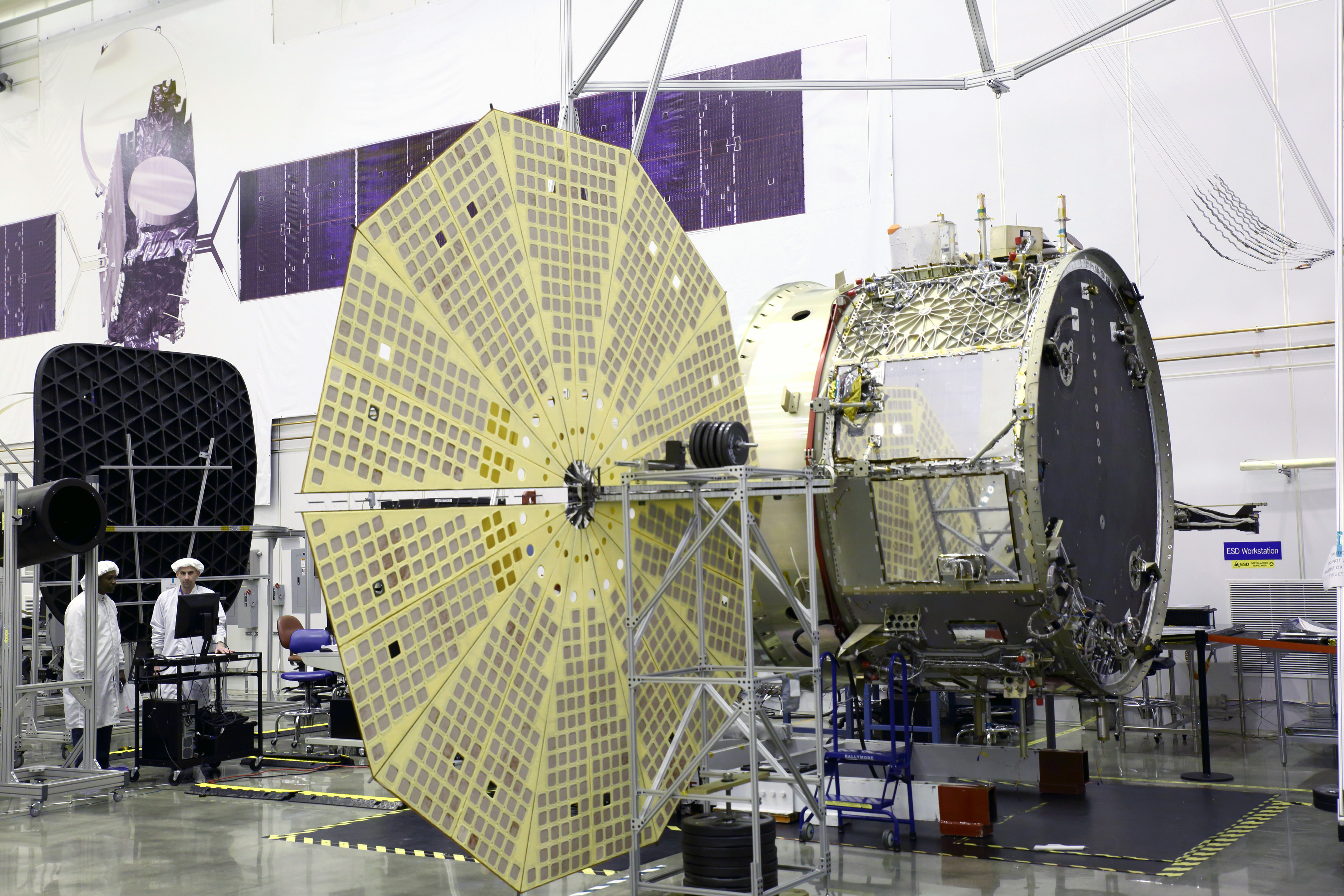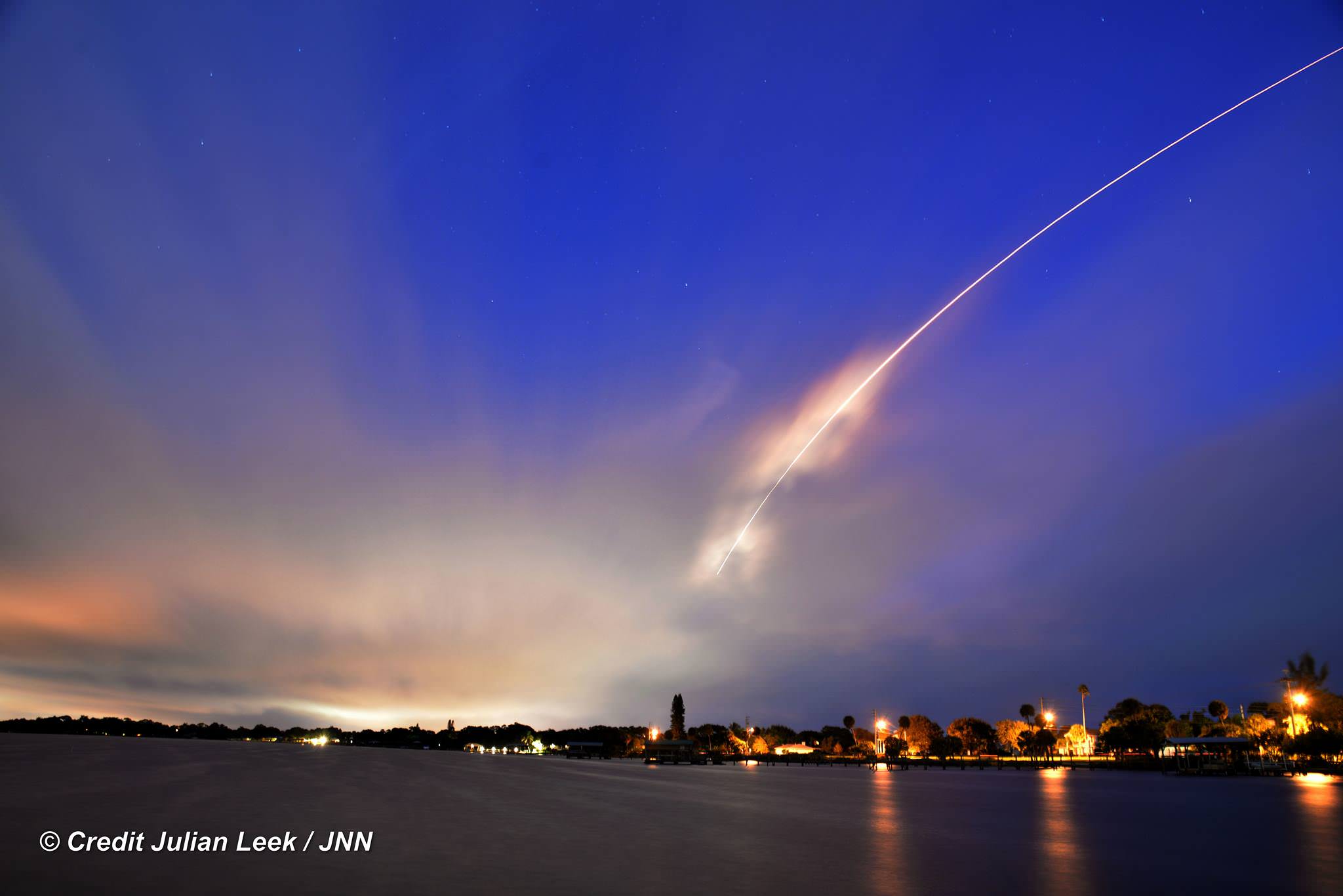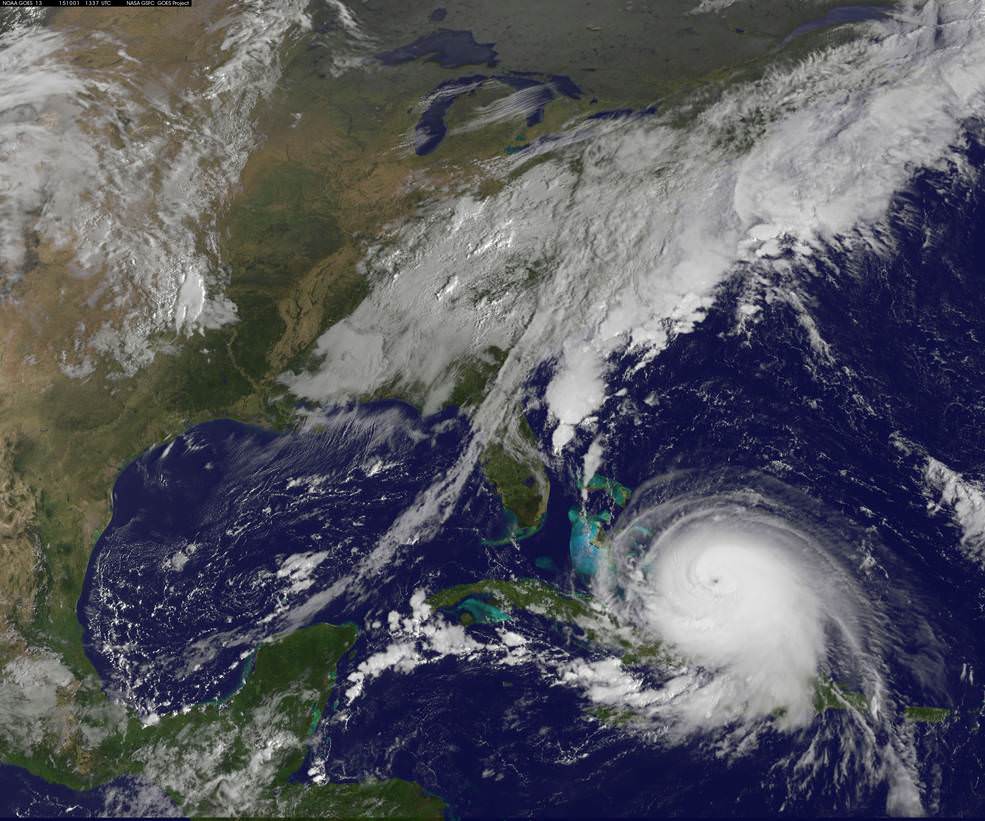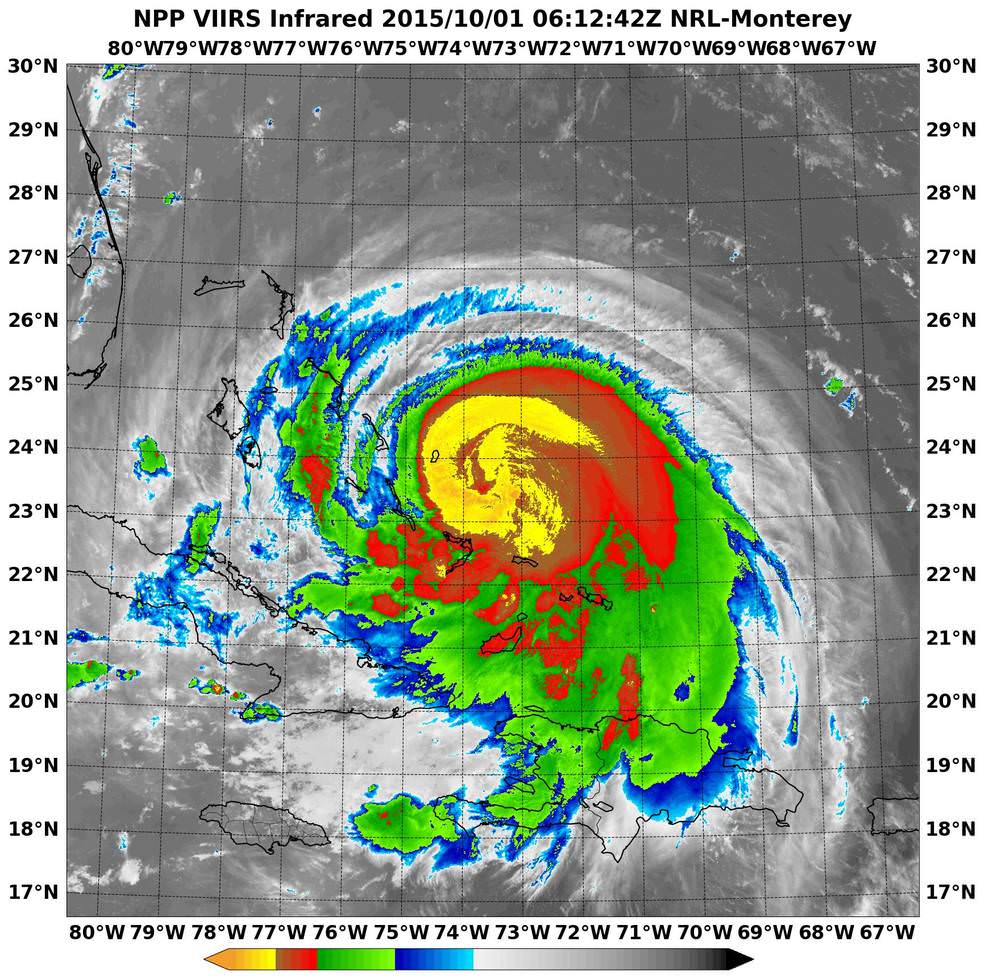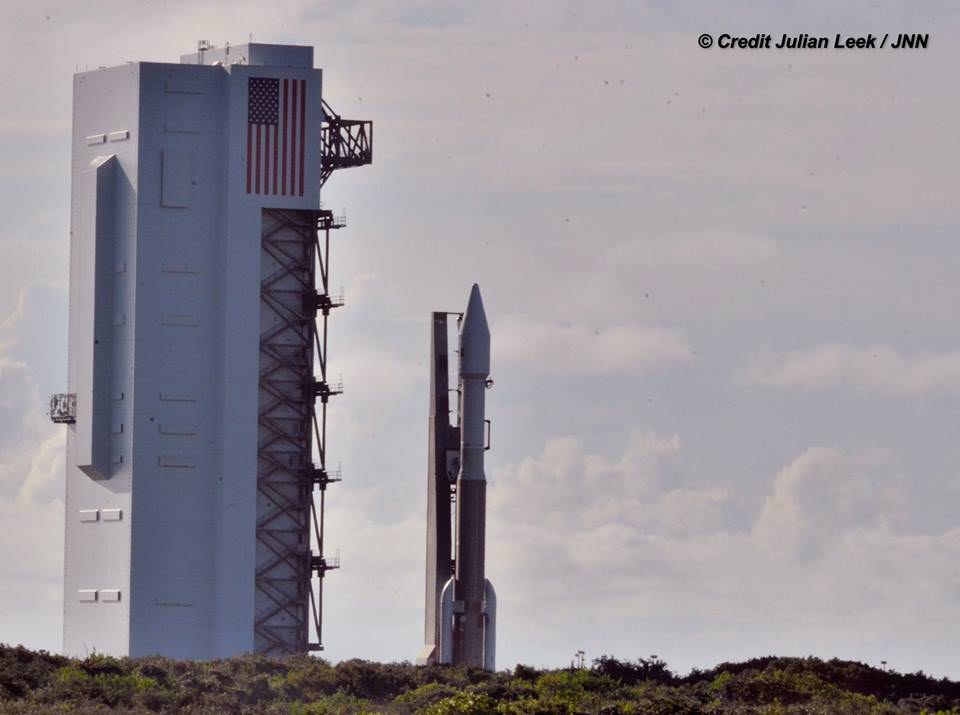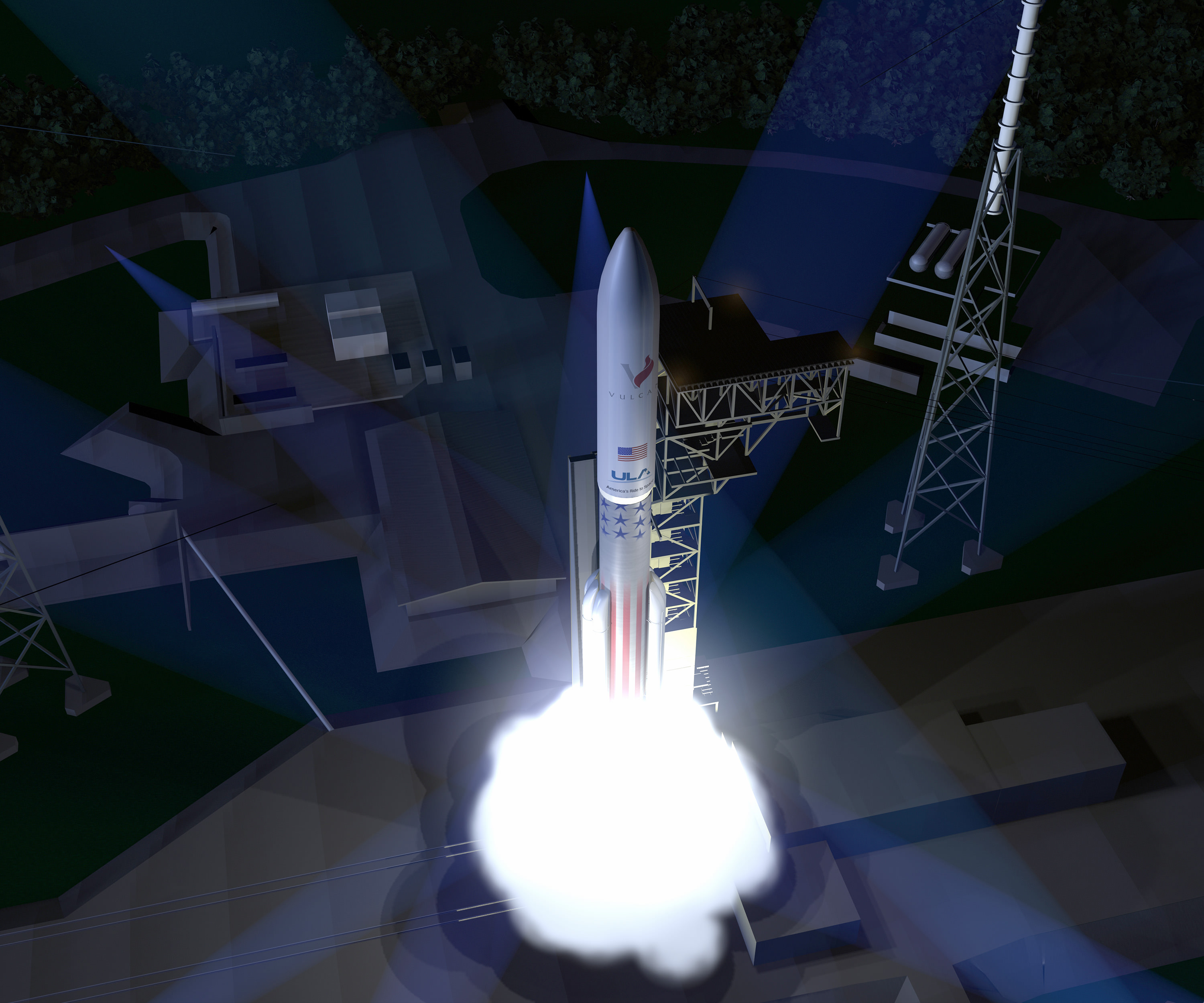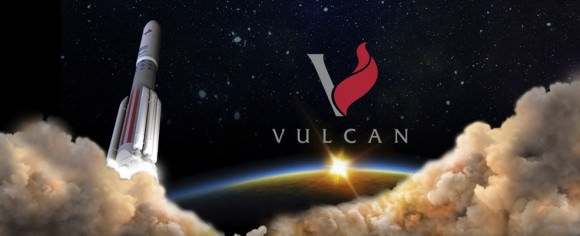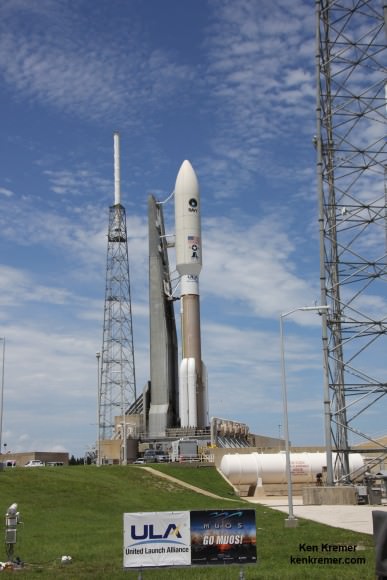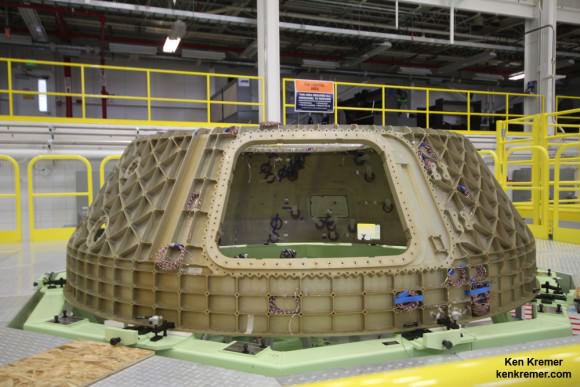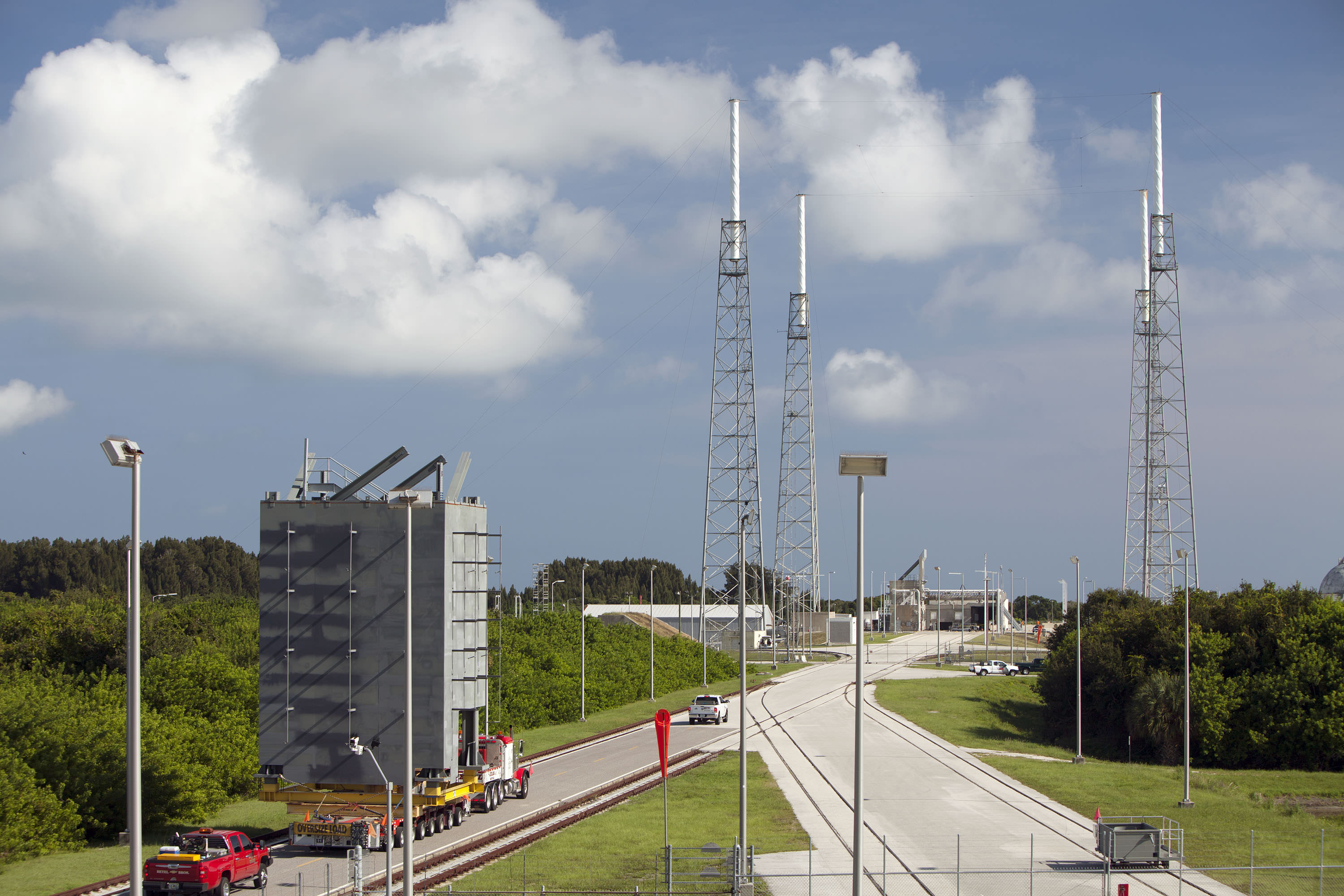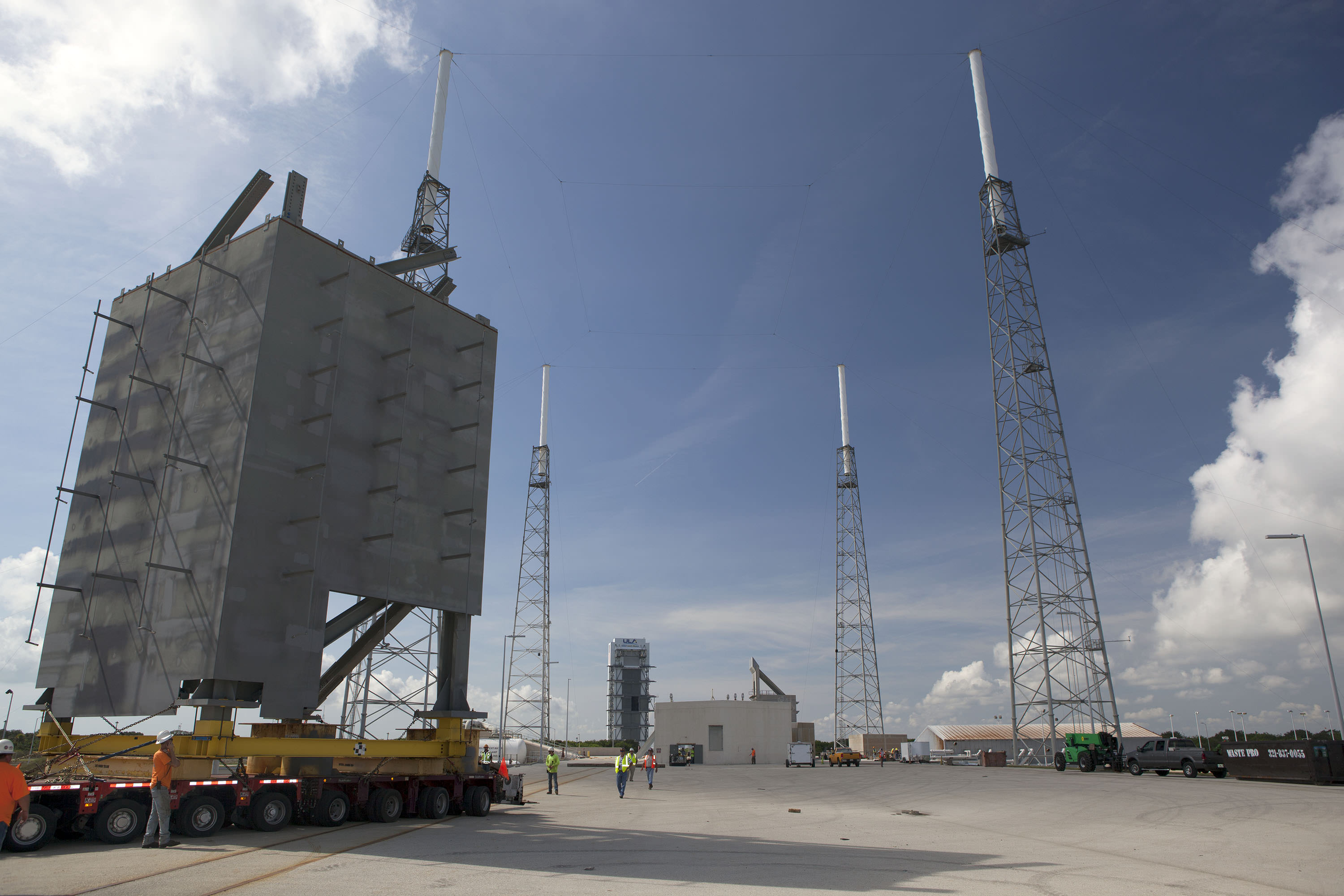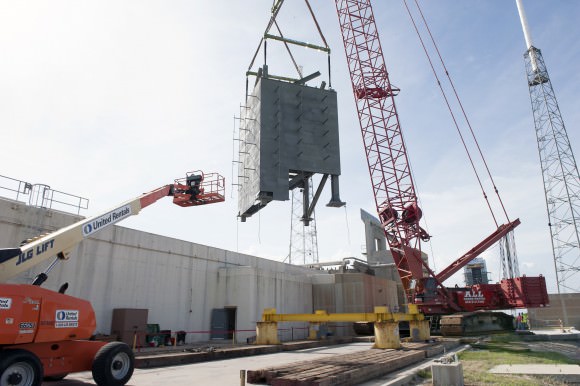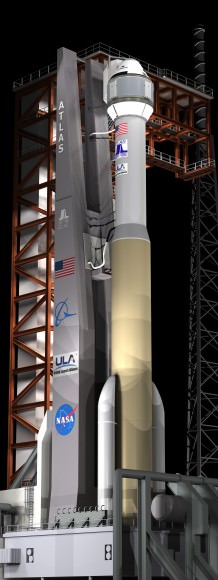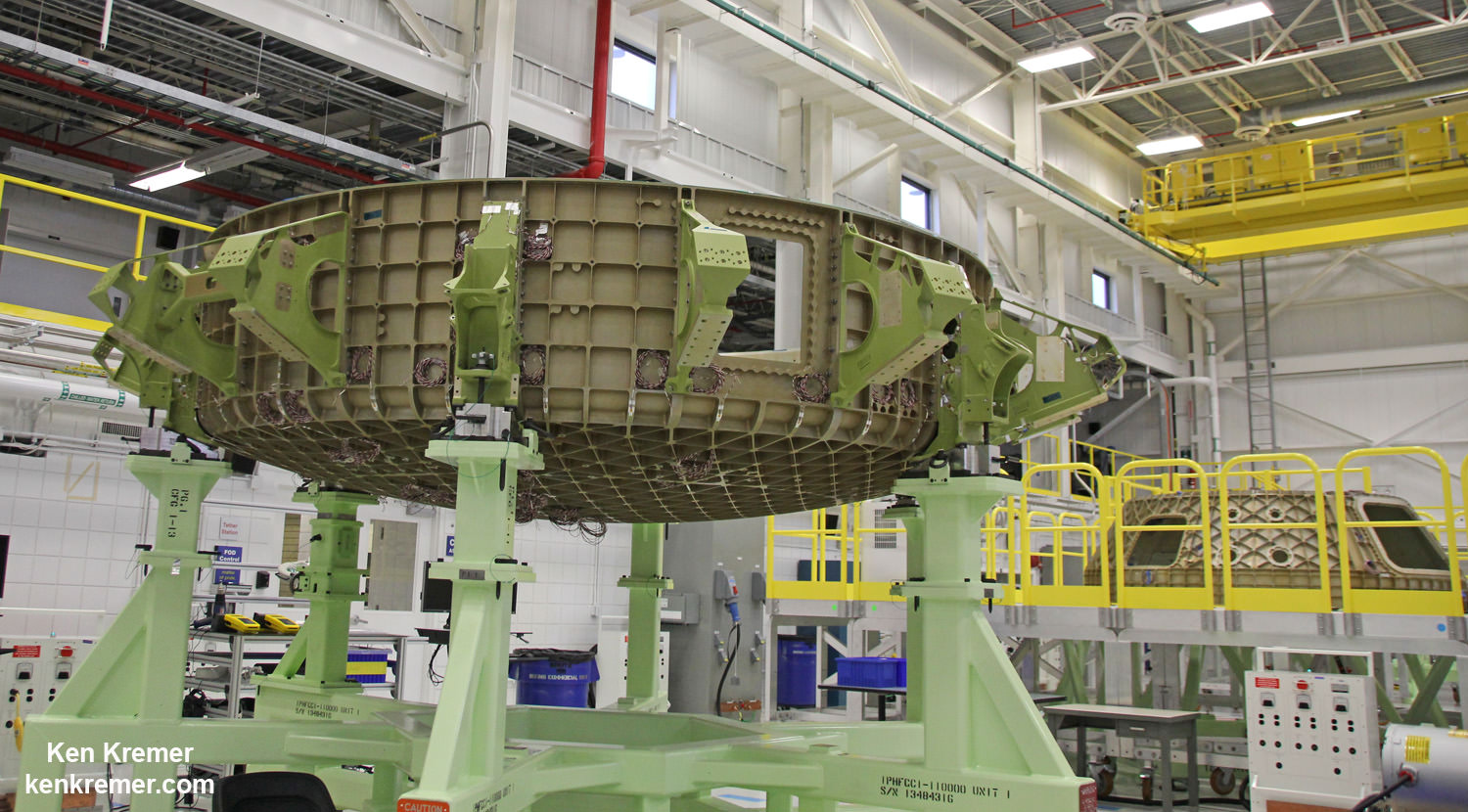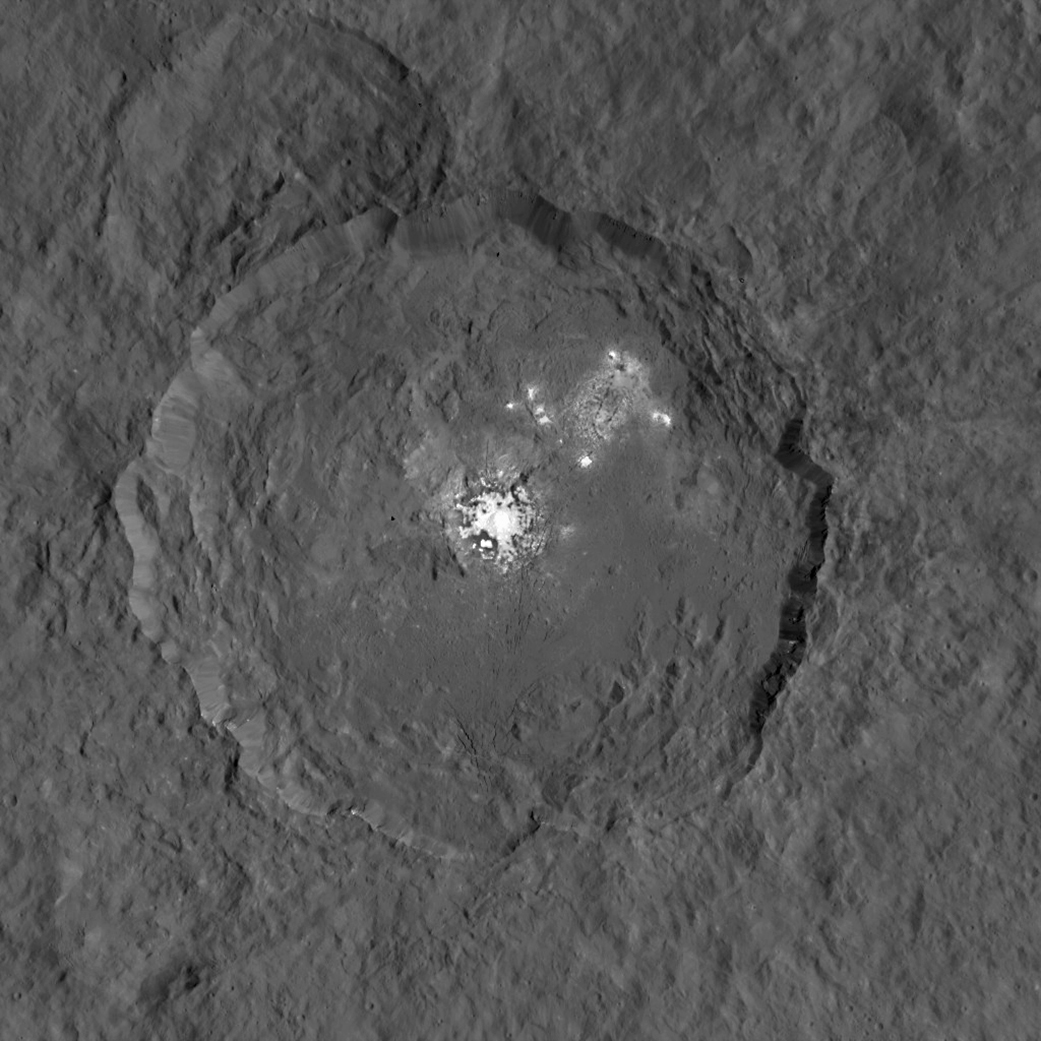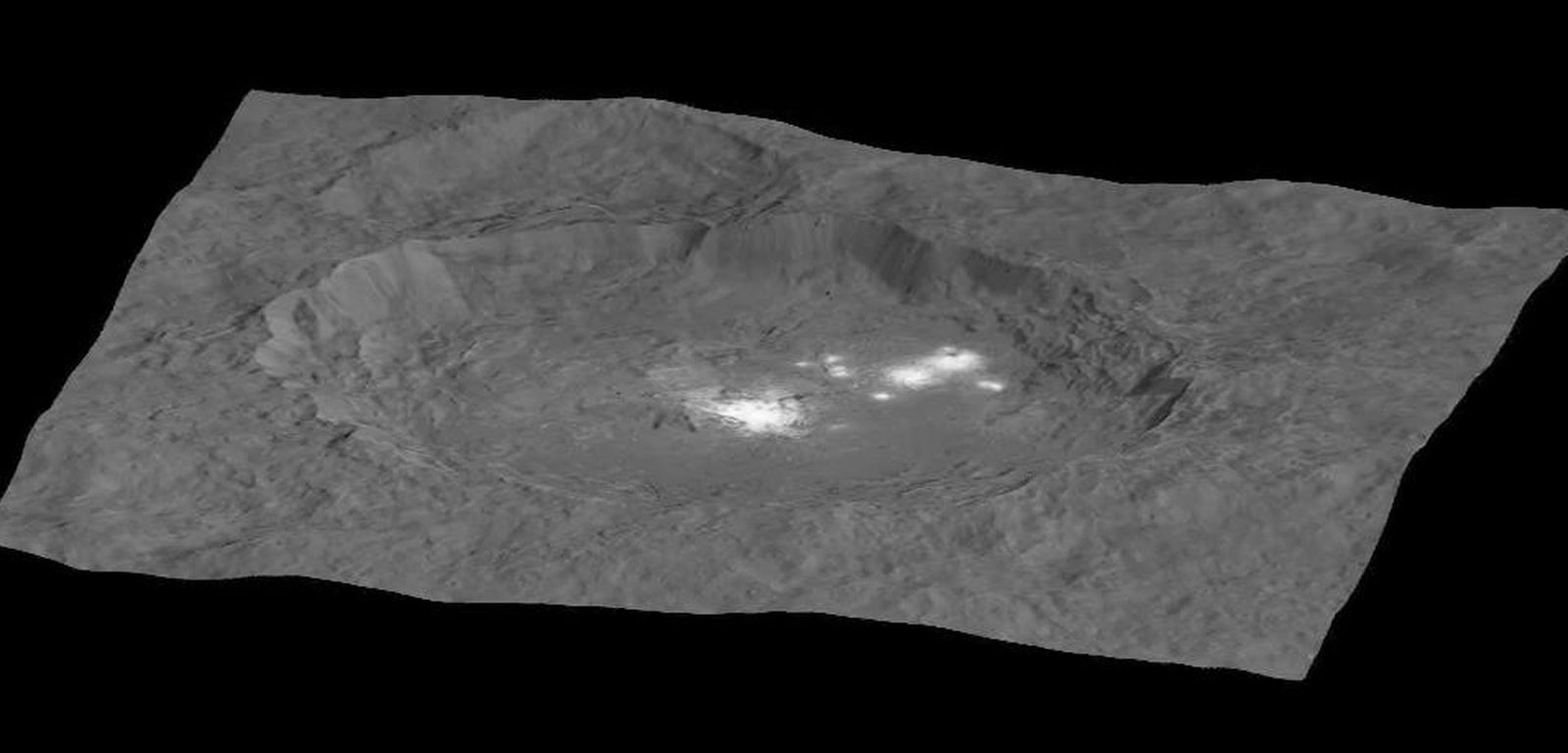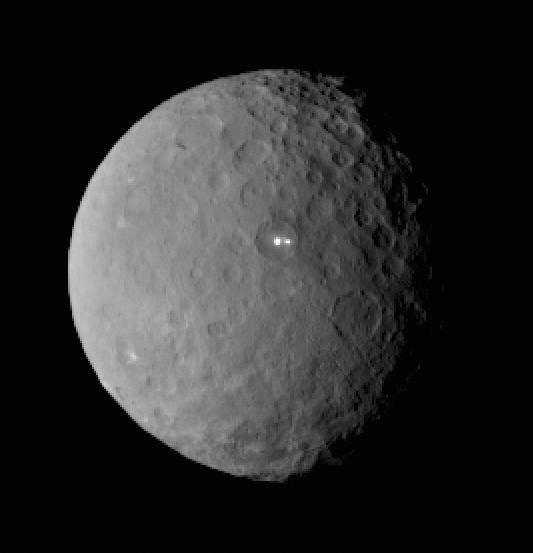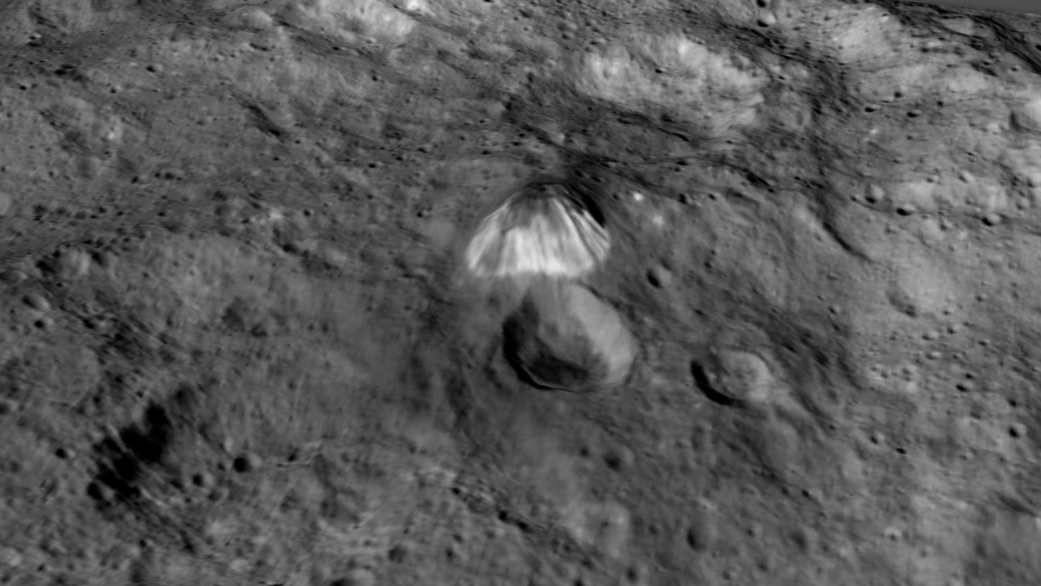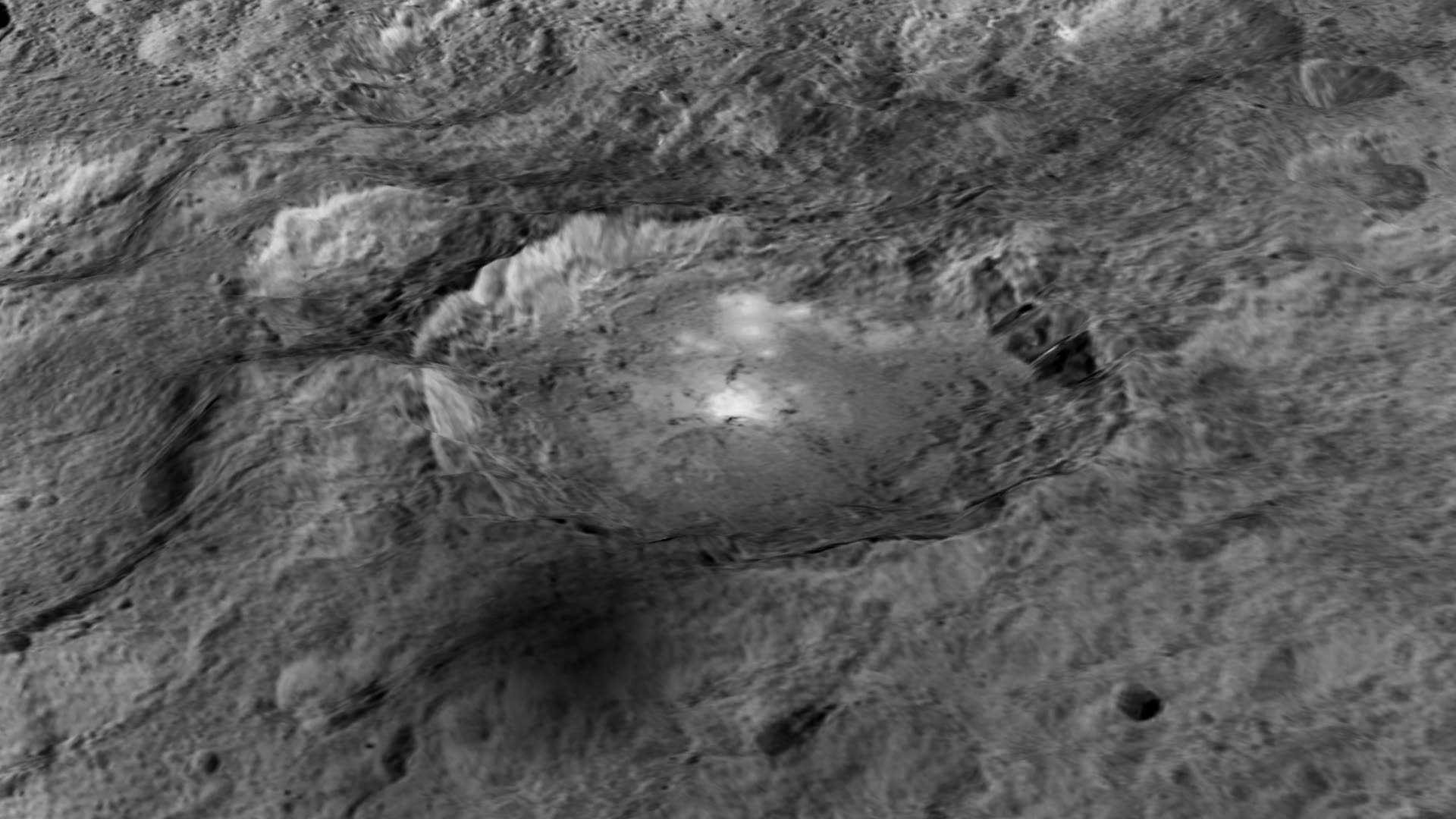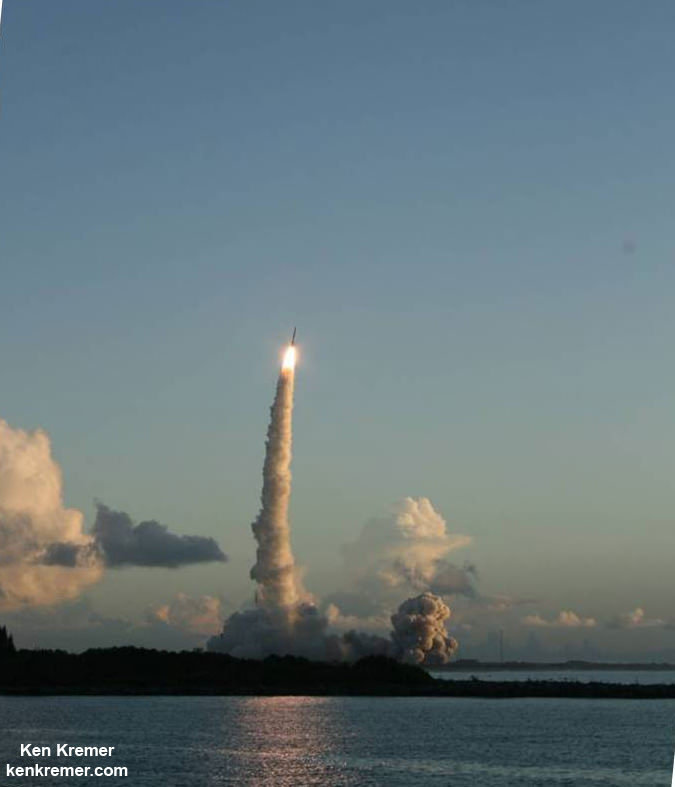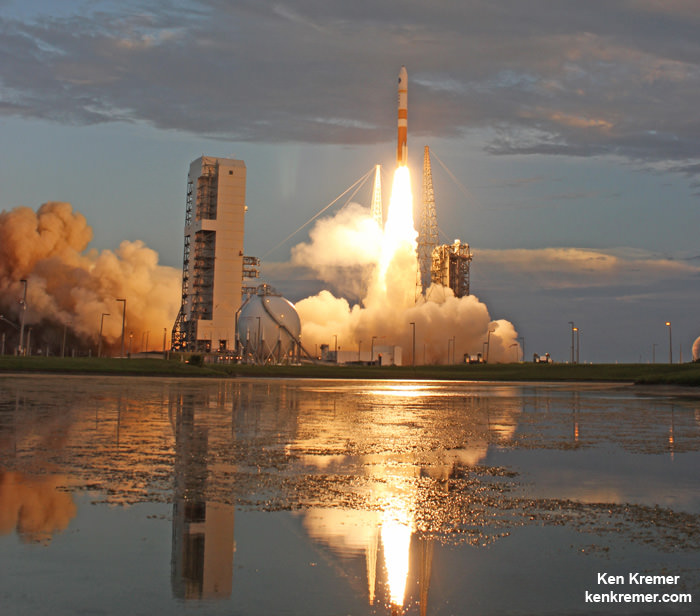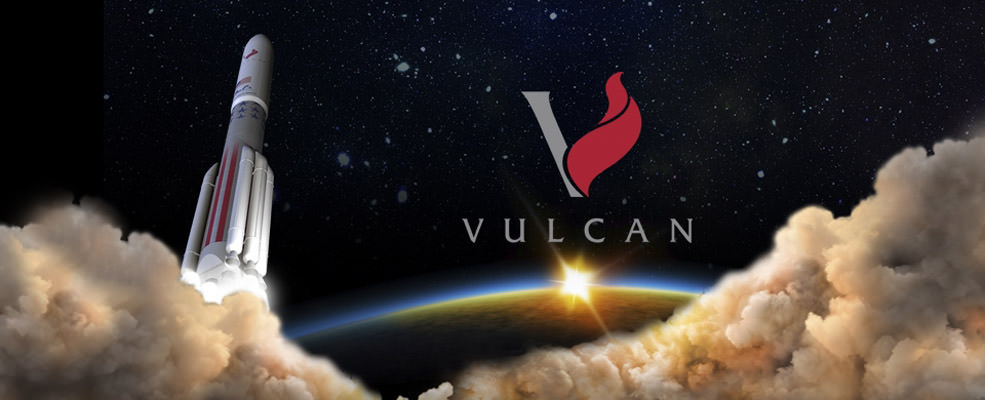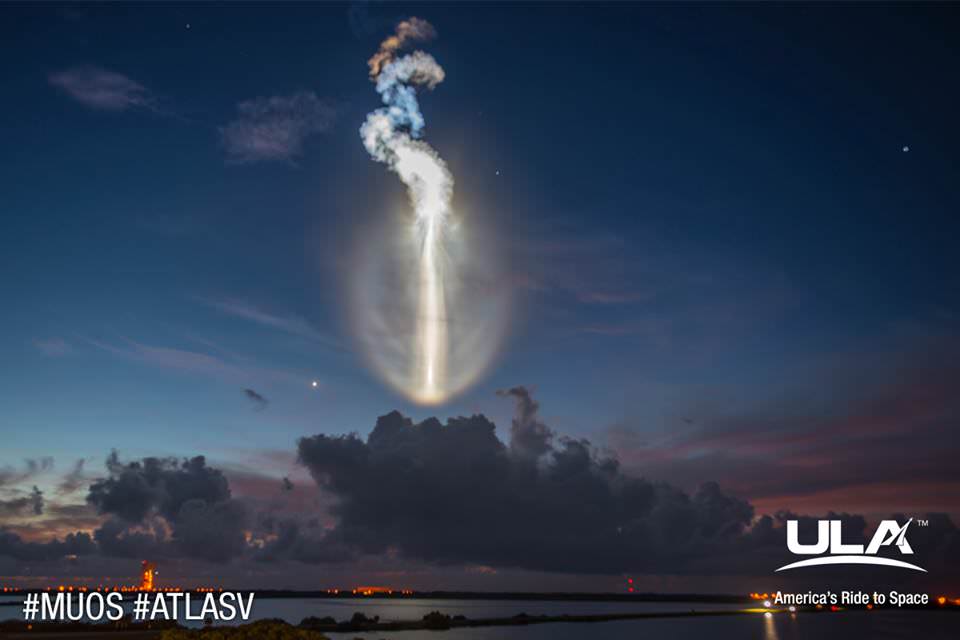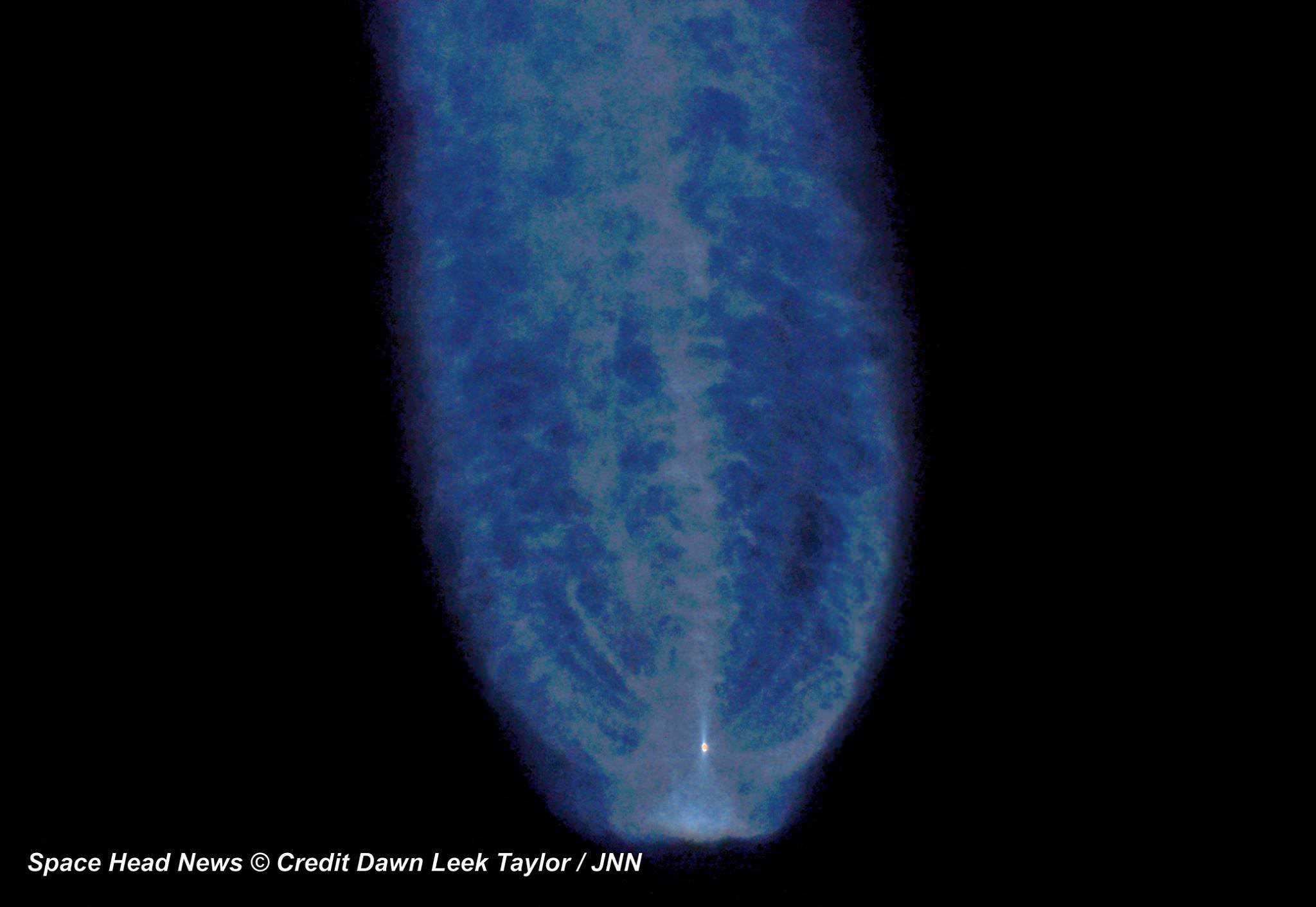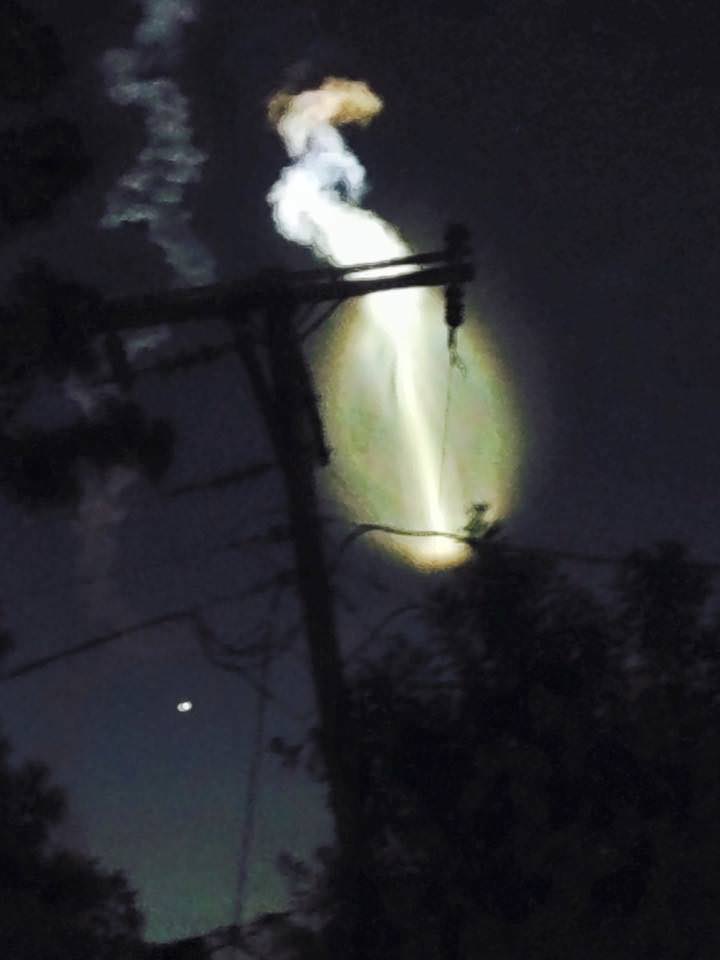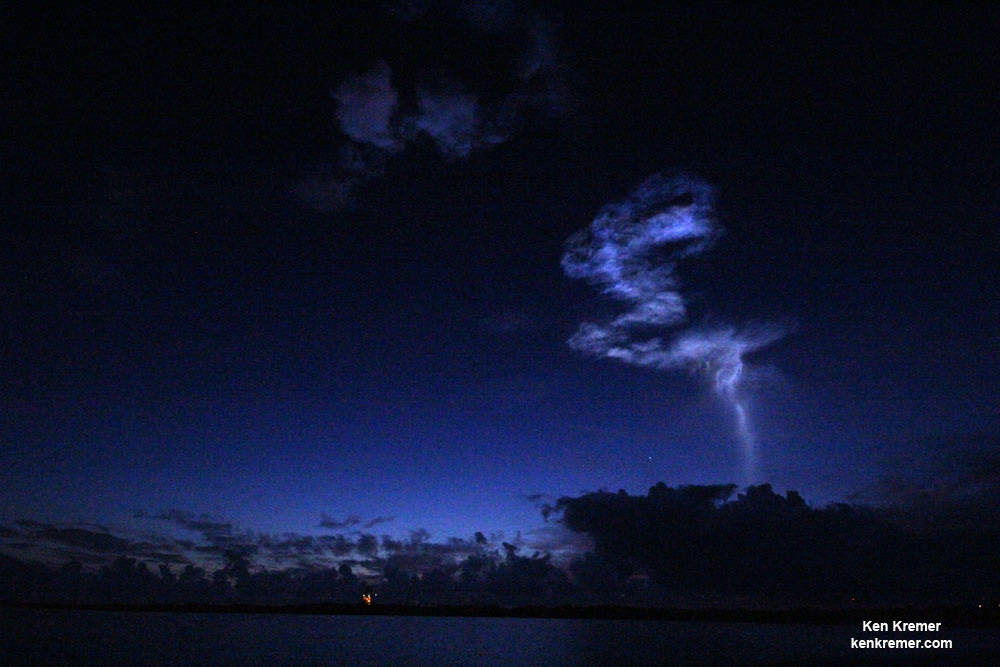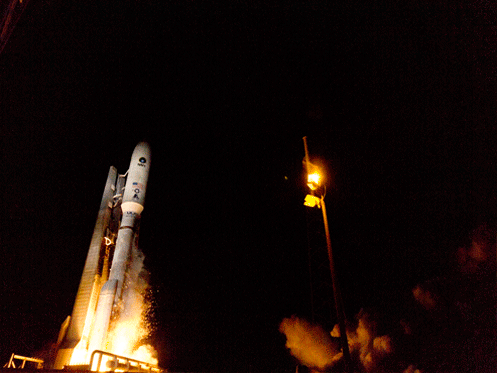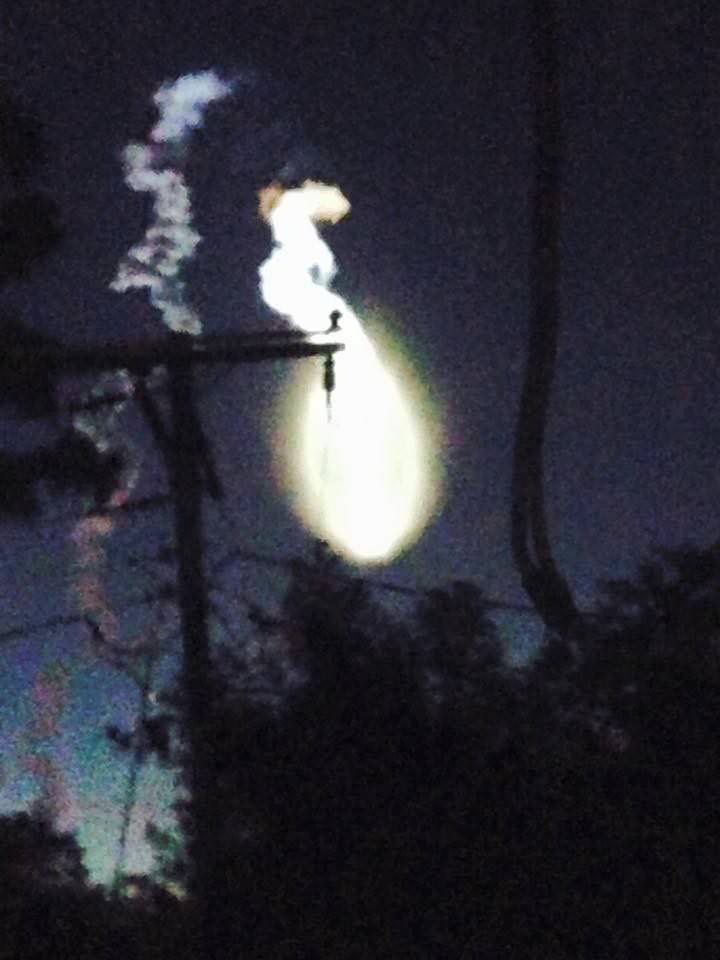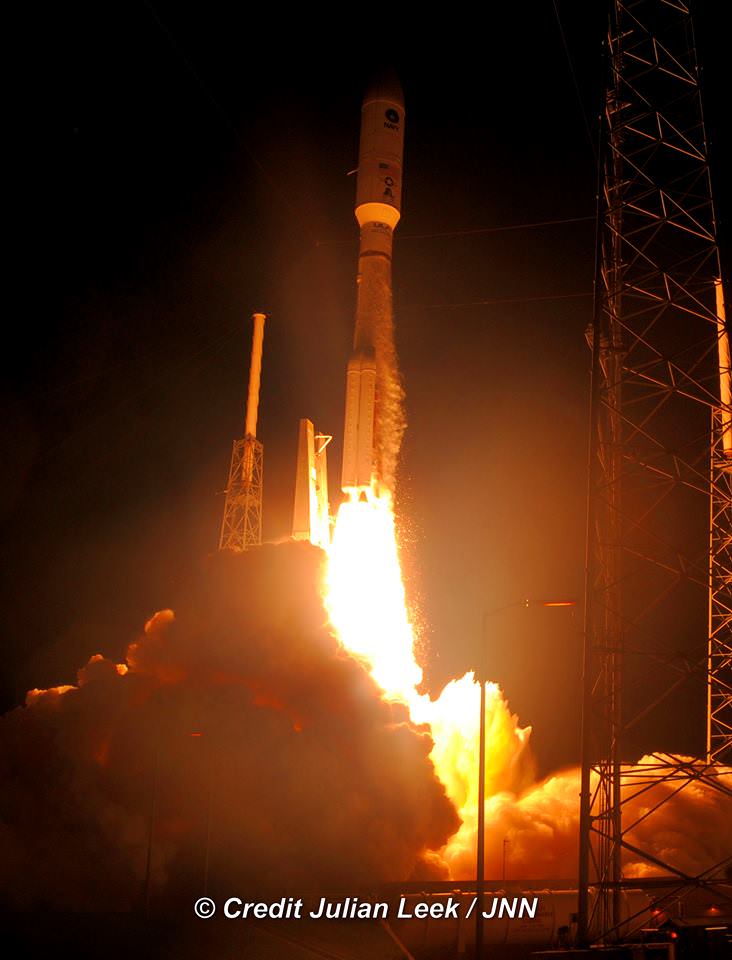OSIRIS-Rex, the first American spacecraft ever aimed at snatching pristine samples from the surface of an asteroid and returning them to Earth for exquisite analysis by researchers world-wide with the most advanced science instruments has successfully completed its assembly phase and moved into the “test drive” phase – just ten months before blastoff, following installation of all its science instruments at Lockheed Martin Space Systems facilities, near Denver, Colorado.
The launch window for OSIRIS-REx opens next fall on September 3, 2016 on a seven-year journey to asteroid Bennu and back. Bennu is a carbon-rich asteroid. OSIRIS-Rex will eventually return the largest sample from space since the American and Soviet Union’s moon landing missions of the 1970s.
The science payload installation was recently completed with attachment of the vehicles three camera instrument suite of cameras and spectrometers known as OCAMS (OSIRIS-REx Camera Suite), which was was designed and built by the University of Arizona’s Lunar and Planetary Laboratory.
OCAMS trio of instruments, PolyCam, MapCam and SamCam, will survey and globally map the surface of Bennu up close at a distance ranging from approximately 5 km to 0.7 km.
“PolyCam, MapCam and SamCam will be our mission’s eyes at Bennu,” said Dante Lauretta, principal investigator for OSIRIS-REx at the University of Arizona, Tucson, in a statement.
“OCAMS will provide the imagery we need to complete our mission while the spacecraft is at the asteroid.”
“All in all it was flawless installation, with the three cameras and the control electronics making it on the spacecraft well in advance of when we originally planned these activities. In general, the OSIRIS-REx ATLO (assembly, test and launch operations) flow has gone smoothly,” said Lauretta in a blog update.

For the next five months, NASA’s OSIRIS-REx which stands for Origins, Spectral Interpretation, Resource Identification, Security, Regolith Explorer will undergo a rigorous regime of critical environmental testing to ensure the probe will survive the unforgiving extremes of vacuum, vibration and extreme temperatures it will experience during launch and throughout the life of its planned eight year mission.
The asteroid sampling spacecraft is tracking on budget and ahead of schedule.
“OSIRIS-REx is entering environmental testing on schedule, on budget and with schedule reserves,” said Mike Donnelly, OSIRIS-REx project manager at NASA’s Goddard Space Flight Center in Greenbelt, Maryland, in a statement.
“This allows us to have flexibility if any concerns arise during final launch preparations.”
Bennu is a near-Earth asteroid and was selected for the sample return mission because it “could hold clues to the origin of the solar system and host organic molecules that may have seeded life on Earth,” says NASA.
The spacecraft is equipped with a suite of five science instruments to remotely study the 492 meter wide asteroid.
The instruments were all installed as planned on the spacecraft deck over the past few months so they can all be subjected to the environmental testing together with the spacecraft bus.
“This milestone marks the end of the design and assembly stage,” said Lauretta, in a statement.
“We now move on to test the entire flight system over the range of environmental conditions that will be experienced on the journey to Bennu and back. This phase is critical to mission success, and I am confident that we have built the right system for the job.”
The tests will “simulate the harsh environment of space, including acoustical, separation and deployment shock, vibration, and electromagnetic interference. The simulation concludes with a test in which the spacecraft and its instruments are placed in a vacuum chamber and cycled through the extreme hot and cold temperatures it will face during its journey to Bennu,” say NASA officials.
Video caption: Engineers at Lockheed Martin move the OSIRIS-REx spacecraft onto a rotation fixture. This fixture supports the full weight of the spacecraft and acts as a hinge, orienting the spacecraft at a 90 degree angle, which allows engineers to access the top of the spacecraft much more easily. Credits: Lockheed Martin Corporation
The testing is done to uncover any issues lurking prior next September’s planned liftoff.
“This is an exciting time for the program as we now have a completed spacecraft and the team gets to test drive it, in a sense, before we actually fly it to asteroid Bennu,” said Rich Kuhns, OSIRIS-REx program manager at Lockheed Martin Space Systems.
“The environmental test phase is an important time in the mission as it will reveal any issues with the spacecraft and instruments, while here on Earth, before we send it into deep space.”
After the testing is complete by next May, the spacecraft will ship from Lockheed Martin’s Denver facility to NASA’s Kennedy Space Center, where it will undergo final prelaunch preparations and transport to the launch pad at Cape Canaveral.
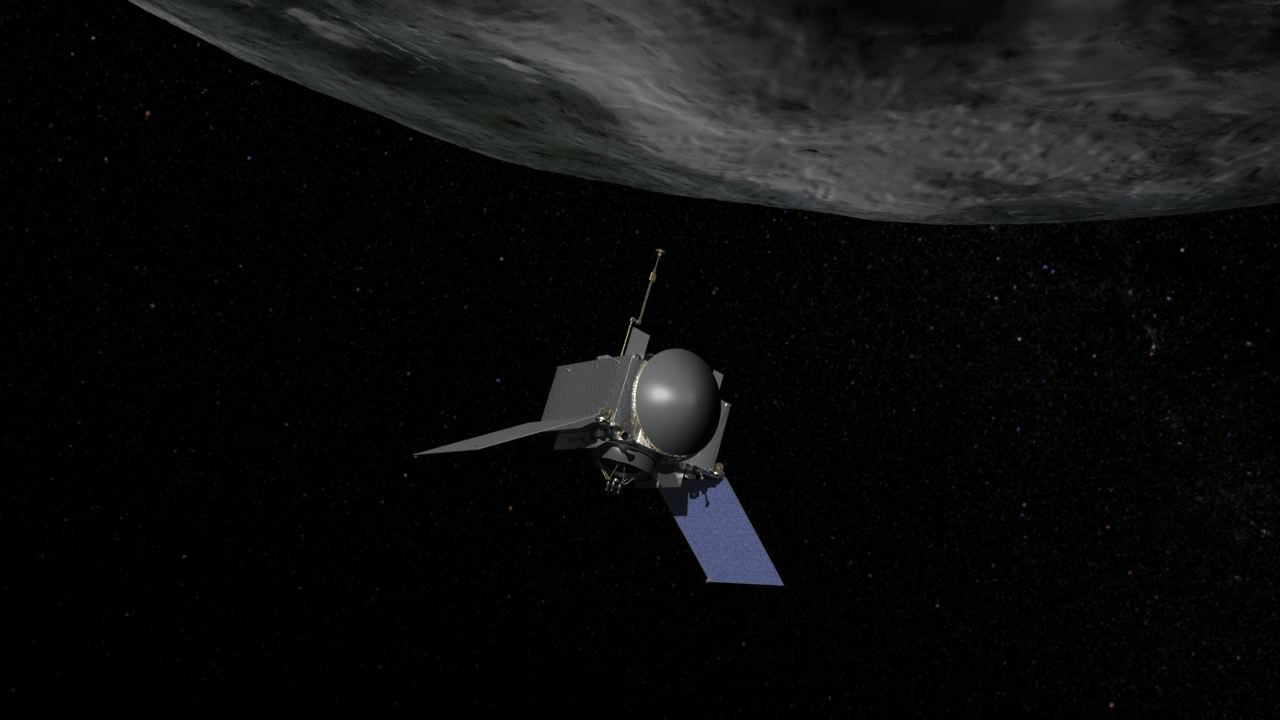
Credit: NASA/Goddard
OSIRIS-REx is scheduled for launch in September 2016 from Cape Canaveral Air Force Station in Florida aboard a United Launch Alliance Atlas V 411 rocket, which includes a 4-meter diameter payload fairing and one solid rocket motor. Only three Atlas V’s have been launched in this configuration.
“This is an exciting time,” says Lauretta.
The spacecraft will reach Bennu in 2018. OSIRIS-REx will gather rocks and soil and bring at least a 60-gram (2.1-ounce) sample back to Earth in 2023 for study by researchers here with all the most sophisticated science instruments available.
Bennu is an unchanged remnant from the collapse of the solar nebula and birth of our solar system some 4.5 billion years ago, little altered over time.
OSIRIS-REx is the third mission in NASA’s New Frontiers Program, following New Horizons to Pluto and Juno to Jupiter, which also launched on Atlas V rockets.
NASA’s Goddard Space Flight Center in Greenbelt, Maryland, is responsible for overall mission management.
OSIRIS-REx complements NASA’s Asteroid Initiative – including the Asteroid Redirect Mission (ARM) which is a robotic spacecraft mission aimed at capturing a surface boulder from a different near-Earth asteroid and moving it into a stable lunar orbit for eventual up close sample collection by astronauts launched in NASA’s new Orion spacecraft. Orion will launch atop NASA’s new SLS heavy lift booster concurrently under development.
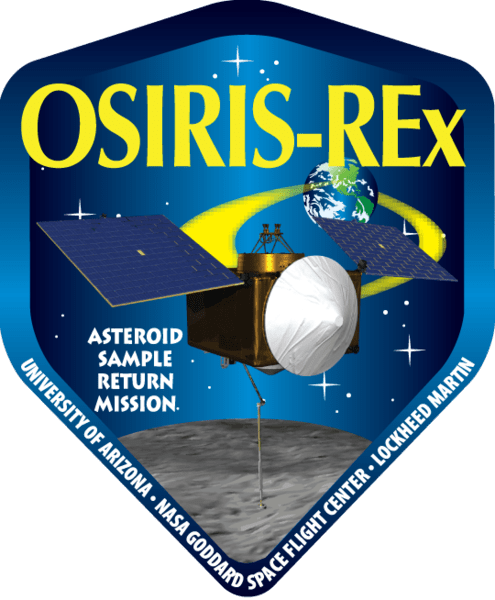
Stay tuned here for Ken’s continuing Earth and planetary science and human spaceflight news.

